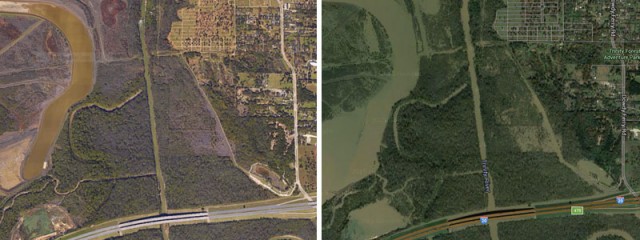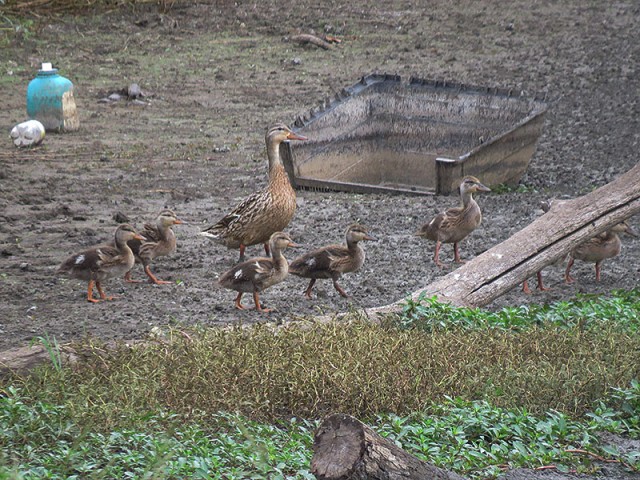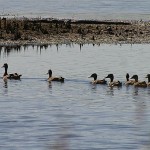This past spring the Dallas/Fort Worth area finally received some long awaited relief from the years-long drought. Of course, in North Texas it is either feast or famine when it comes to these sort of things. Torrential rains ended the dry spell, but the resulting flood waters changed the landscape in dramatic ways. We are still impacted by their effects even today, nearly a year later.
Expansive wilderness areas in the metroplex tend to be located in our floodplains. Many of these places that were dry and accessible under the drought conditions, are now underwater or perpetually boggy. If you are of the type who are inclined to explore such locations, you will find that many intriguing areas remain inaccessible because of the high water and heavy, sticky mud.



The drought that began in 2012 (or 2010, depending on how you are counting) was unusual in some important ways. Many of our small lakes, ponds, and creeks went dry. The area’s reservoirs receded and the rivers ran low. But we were not without rain. Precipitation came often enough that our native vegetation was able to stay green and lush. The local wildlife stayed healthy and active through it all. The rare combination of dry but verdant conditions created some unique opportunities for exploration and wildlife observation.
Not to make light of the drought—which impacted farmers, ranchers, and many businesses in very serious ways—but there were some positives to come from it. Most notable among these is the improved accessibility to areas of bottomlands that may not again be available for many years to come. This development was a boon to those of us who enjoy exploring places like these. Whole new worlds of possibilities were opened up due to the extended dry spell.
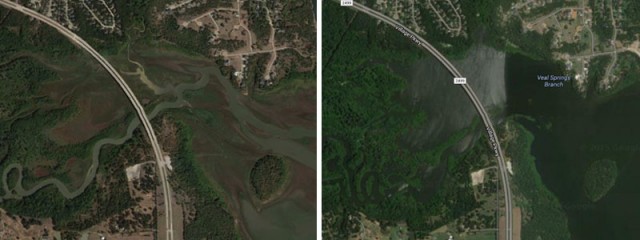
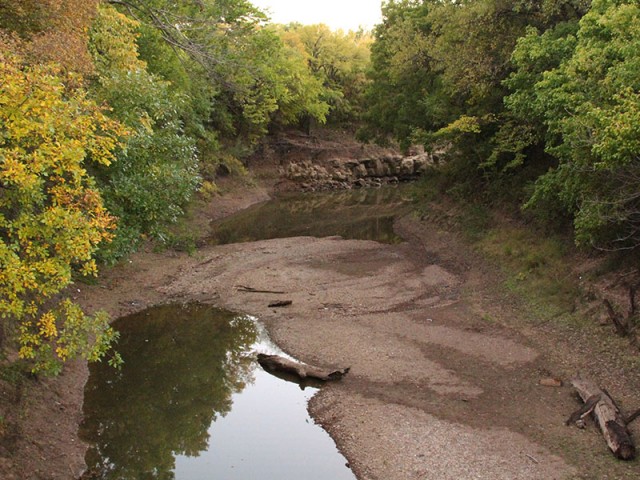
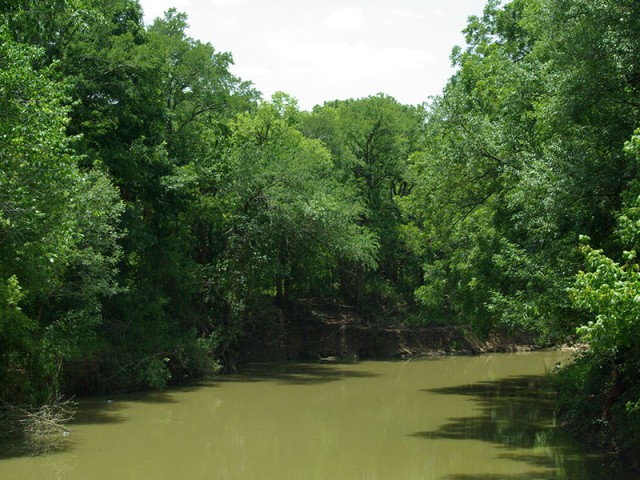
Another possible benefit of the dry conditions is the opportunity it affords us to get in these places and get them cleaned up a bit if necessary. Unfortunate amounts of trash and garbage has found its way into our bottomlands over the years. Litter gets washed off of our streets and into the woods during storms. Tires, asphalt shingles, and other forms of illegal dumping accounts for a significant part of the problem. There are places where industrial waste is an issue. Taken all together, it would be a huge amount of work to get it all cleaned up. Even a concerted effort would likely take years.
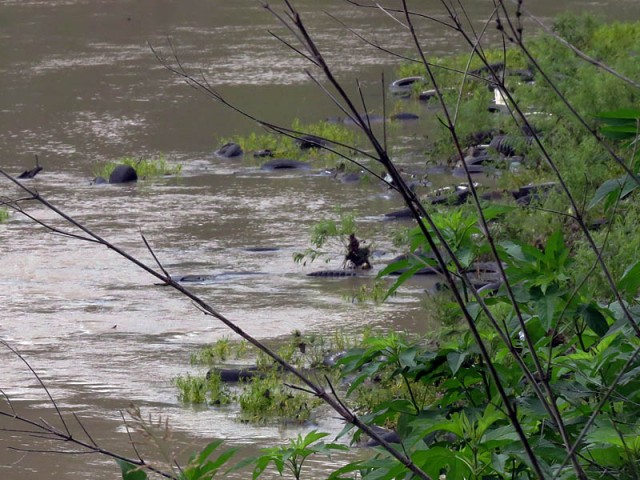
Here are a couple of links to stories about the discarded tire problem in Dallas County. One story speaks to the problem as it was encountered by a visitor to one of the county’s nature preserves. The other covers an effort sponsored by the City of Dallas to have at least some of the tires removed from the Trinity River (including the ones in the picture above).
- Tires, tires everywhere! by Naima Montacer
- Tire removal is tons of work on Trinity River in Dallas by Roy Appleton
When the waters recede again—and they certainly will—a rare window of opportunity to remove litter and trash from these areas may present itself. Rounding up tires and other refuse becomes immensely easier when water is not present and the ground is dry. Let’s keep this in mind for next time. North Texas municipalities rarely take on the responsibility of cleaning up the public lands under their purview. Maybe with a little organization, nature and service related groups can plan to take advantage of the opportunity the next time it presents itself. If you are looking for a meaningful service project, maybe a cleanup effort like this would be just the ticket. It would be a great way to make something positive of a bad situation.
